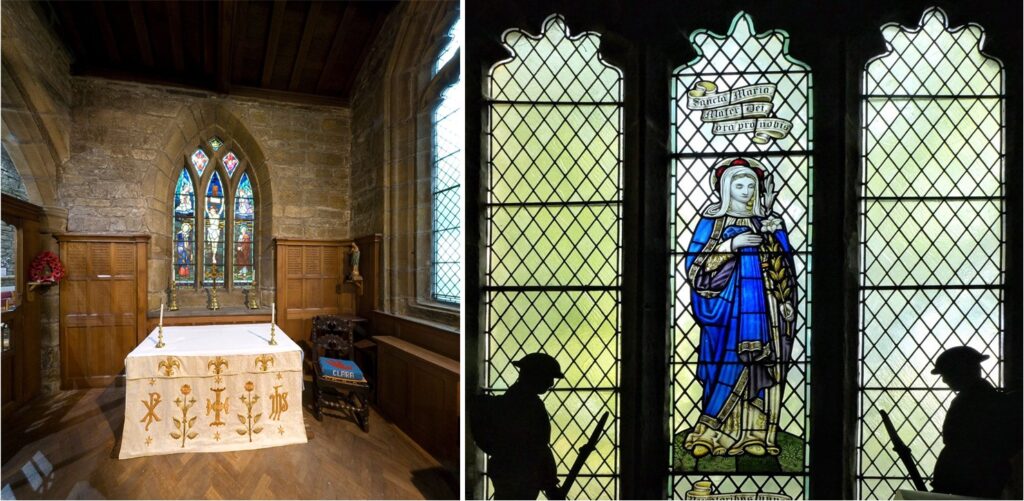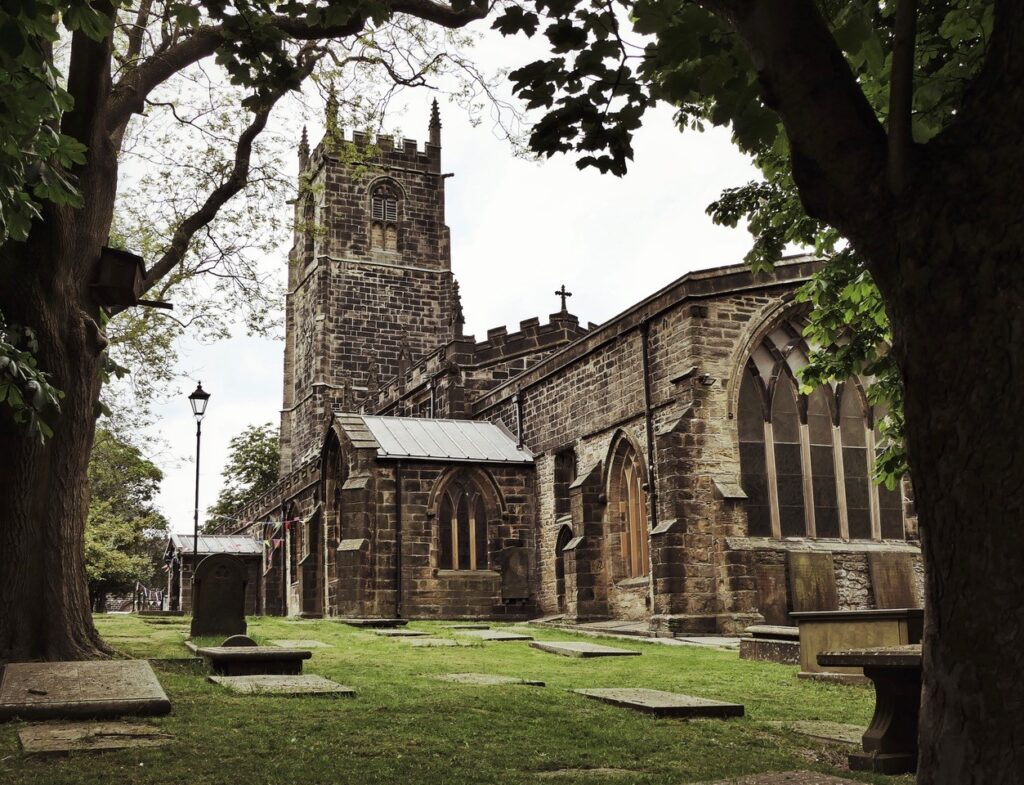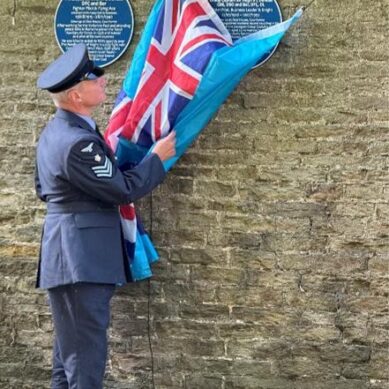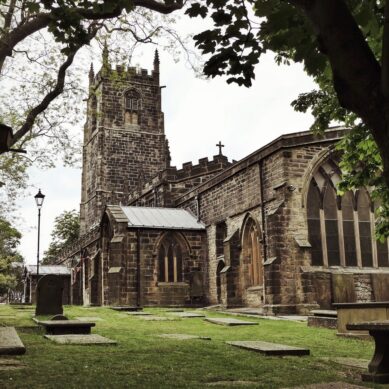For almost a thousand years, St John the Baptist Church in Penistone has stood at the centre of village life, weathering storms, witnessing history, and providing a gathering place for generations.
The building continues to serve not only as a place of reflection, but as a hub for community life: concerts, coffee mornings and countless celebrations have all found a home beneath its rafters.
Now, the roof that has sheltered so many is in urgent need of repair. Lead was stolen from the roof in 2007 and the felt membrane that was used in the emergency repairs has started to leak water.

To safeguard this historic landmark and its ancient roof for the future, volunteers at Penistone Church are calling on South Yorkshire residents to help them raise £75,000 – an investment in preserving not just stone and timber, but a living piece of our shared heritage.
A church in Penistone has stood in the current location since Saxon times. Stones from around 900AD can be found in the ministry office, along with a Saxon cross and fragments of herringbone masonry.
However, after this early church was destroyed by William the Conqueror in 1069, much of the present building, including the chancel, was erected in the 1200s.
Throughout the church there are various elements of historical interest, including over 30 bosses and carvings in the nave roof dating from 1375. The baptismal font, which now stands in the modern community space, is as old as the building.
The Lady Chapel, at the south end of the church, started life as a chantry school established in 1392. It was one of the oldest in the country, a predecessor of Penistone Grammar School.
The church’s 80-foot-tall tower was built in the 1500s. During the English Civil War, it was garrisoned by the royalist Sir Francis Stuart Wortley before he was captured and imprisoned in the Tower of London in 1644.

Clerestory windows were added above the pillars and arches in the 14th century to let in more light. These were later commemorated to Godfrey de Bosville and his wife Beatrice. Godfrey, a JP and Sherrif of Yorkshire, was instrumental in obtaining royal charter for Penistone Market in 1699.
There are various references to his family at Penistone Church, including two monuments bearing the Bosville crest.
The Bosvilles were a prominent family in Penistone from the Norman times. Their patriarch, Martin de Bosville, was treasurer to William the Conqueror and became lord of the manor of Gunthwaite near Ingbirchworth.
In 1559, Ralph Bosville acquired the advowson of the church from the queen, Elizabeth I. This allowed him to appoint a priest to the vacant church and remained the responsibility of the Bosvilles until 1913.
Over the centuries, St John’s has been tied to many historical figures.
Gilbert Talbot 7th Earl of Shrewsbury, the stepson and son-in-law of Bess of Hardwick, bought the rectory at Penistone in the mid-1500s as part of his endowment to Shrewsbury Hospital in Sheffield.

The ancestors of poet William Wordsworth’s ancestors were part of the Penistone congregation; one served as vicar in the 15th century and over 350 realtives were christened, married or buried at Penistone Church between 1644 and 1805. The family, who owned Cloth Hall opposite the church, donated a decorative chest which still sits in the church today.
In the 1800s, vicar Samuel Sunderland introduced football to local schoolboys, during his tenure as Penistone Grammar School headmaster, bringing a link to the cradle of football.
And Nicholas Saunderson, the blind mathematician who invented the Bayes’ Theorem, is said to have taught himself to read by tracing the gravestones in the churchyard. A sensory garden in his memory was constructed in 2006.
Today, the church is as active as ever. Through its Open Doors programme, it runs food banks, toddler groups, “Messy Church,” and warm spaces for those affected by fuel poverty.
Every pound raised from the roof appeal will go directly toward securing the roof for future generations, ensuring the building remains safe, warm, and welcoming.
To help raise the £75,000, there have been various fundraising events including a beer festival, soul and Motown night, classical music performances and a talk by Barnsley’s Egyptologist Professor Joann Fletcher.

Revd David Hopkin, oversight minister at St John’s, said: “St John’s has stood as a beacon of hope and unity in Penistone for many years. The support we have received so far has been incredible and I am confident that, together, we can overcome this challenge.
“This roof is not just about preserving a building; it’s about safeguarding a place where our community comes together in times of joy and sorrow. I urge everyone to contribute in any way they can to help us reach our goal.”
If you would like to support the appeal, you can donate cash in person at the church between Tuesday and Friday 10am-1pm, or by calling 01226 370006 for bank details. There is also an online crowdfunding appeal.










